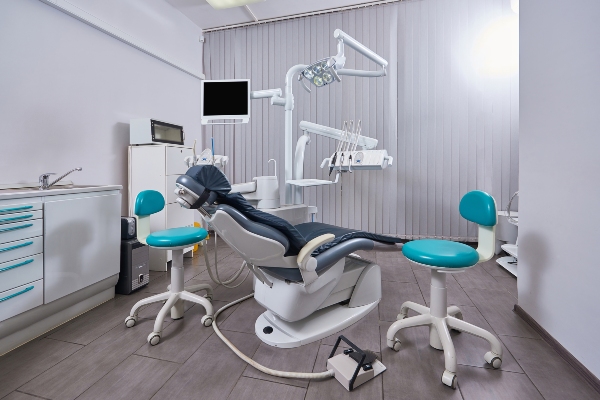 The severity of a person’s condition determines how long their orthodontics treatment will last. On average, it takes anywhere between 12 to 36 months. Proper teeth alignment is essential for tasks that most people take for granted, like speaking, breathing, and chewing.
The severity of a person’s condition determines how long their orthodontics treatment will last. On average, it takes anywhere between 12 to 36 months. Proper teeth alignment is essential for tasks that most people take for granted, like speaking, breathing, and chewing.
Orthodontics helps patients avoid a variety of problems. Improperly aligned teeth put pressure and tension on all the teeth and on the jaw. Improper alignment also makes it more difficult to properly clean teeth with brushing and flossing, since some of them might overlap, increasing a person’s risk of developing issues like periodontal disease and cavities. Improperly aligned teeth can ruin the way that a person’s smile looks, regardless of how white and healthy their teeth may be.
Figuring out how long you need orthodontics
To determine how long a patient’s treatment will last, an evaluation is needed to determine the severity of their condition. Dentists typically start with a visual examination and use diagnostics like X-rays to get a clearer picture of what is going on underneath the patient’s gums.
Once a thorough diagnosis has been made, the dentist will craft a customized treatment plan for the patient. Factors that will be considered when making this plan include the patient’s facial structure, jaw positioning, and the current placement of their teeth.
These factors often determine the types of orthodontic appliances that the dentist recommends for patients. Braces are typically recommended when a patient’s jaw needs to be moved, since other options, like clear aligners, are not as effective at doing that. Factors that determine how long the dentist recommends wearing the appliance include the following.
Age
Younger people have facial and jaw structures that are still developing. That typically leads to shorter treatment times because it requires less force to get their teeth to an improved alignment. The ideal age for orthodontic treatment is somewhere between the age of 9 to 14. At this stage, existing issues are easier to correct, and the dentist can guide the future development of the patient’s teeth.
Severity
The severity of the patient’s condition also affects their treatment time because it takes more time to push severely misaligned teeth into a better alignment. The less correction that the patient’s teeth or jaw needs, the shorter the length of their treatment. Complicated treatments that require extractions or readjustments will take longer.
Commitment
Orthodontic appliances like clear aligners require patients to stick to a strict wear schedule. These appliances should be worn for a minimum of 20 hours per day for effective treatment. Failing to do so lengthens the treatment. People who are likely to have issues being committed to their treatment might be better off with fixed appliances, like braces.
It is time to straighten your smile
A consultation with our dentist is the first step toward getting a straighter smile that you will be proud to display. Give us a call or stop by our Los Angeles clinic to get started.
Request an appointment or call NELA Orthodontics at 323-203-0721 for an appointment in our Los Angeles office.
Related Posts
Orthodontics takes commitment and patience on the part of the patient and their dentist. The process requires you to invest your time, mental energy, and money in the quest for an improved smile. The good news is that your investment can pay off in a big way. Your oral health can improve, your confidence can…
Orthodontics aims to improve the alignment of your teeth. Doing so improves the way that your smile looks and makes it easier to keep your teeth clean, protecting you against tooth decay and gum disease.Clear aligners provide a discreet way to straighten teeth. They allow patients to avoid having to deal with metal wires and…
There are several myths and misconceptions about orthodontics. This is the process of correcting teeth alignment issues using appliances like clear alignments and metal braces. Treatment with orthodontics sometimes also leads to improvements in a person’s facial structure and appearance.Misaligned teeth can ruin how a smile looks and can also increase the risk of issues…
